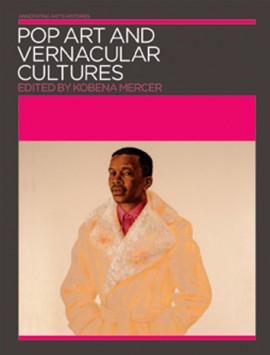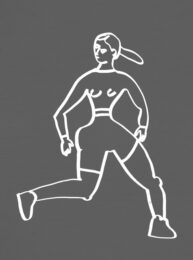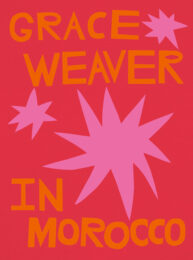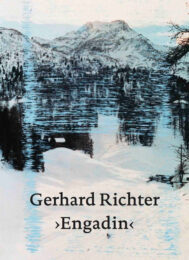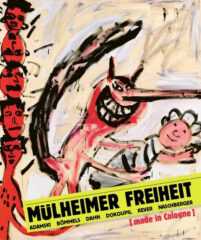How does pop art translate across cultures? What does pop art look like through a post-colonial lens? This collection casts new light on the aesthetics and politics of pop by bringing cross-cultural perspectives to focus on the shifting boundaries of ‘high’ and ‘low’ across different national and international contexts.
Artists have long challenged the discourse of officialdom by turning to dissident elements in vernacular cultures. Exploring practices that range from the recycling of consumerist leftovers in Chicano rasquachismo to the painterly pastiche of Hindu ‘photo-gods’, innovative studies reveal how unexpected antagonisms in the social life of images have also questioned the categories of ‘folk’, ‘nation’ and ‘people’ in the visual culture of modernity. When Mao goes pop, should we view the results as avant-garde, anti-modern or post-modern? Who ‘owns’ popular culture in South Africa or Brazil? Why is hybridity so closely associated with the carnivalesque and the grotesque?
Taking a fresh look at global transitions from modernism to post-modernism, the critical revision put forward in Pop Art and Vernacular Cultures radically expands our understanding of the late 20th-century period from which our working definitions of contemporary art are drawn.
Pop Art and Vernacular Cultures is the third volume in the Annotating Art’s Histories series. Other titles in the series are Cosmopolitan Modernisms, Discrepant Abstractions and Exiles, Diasporas & Strangers


